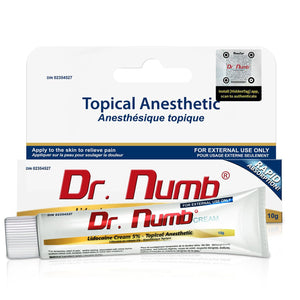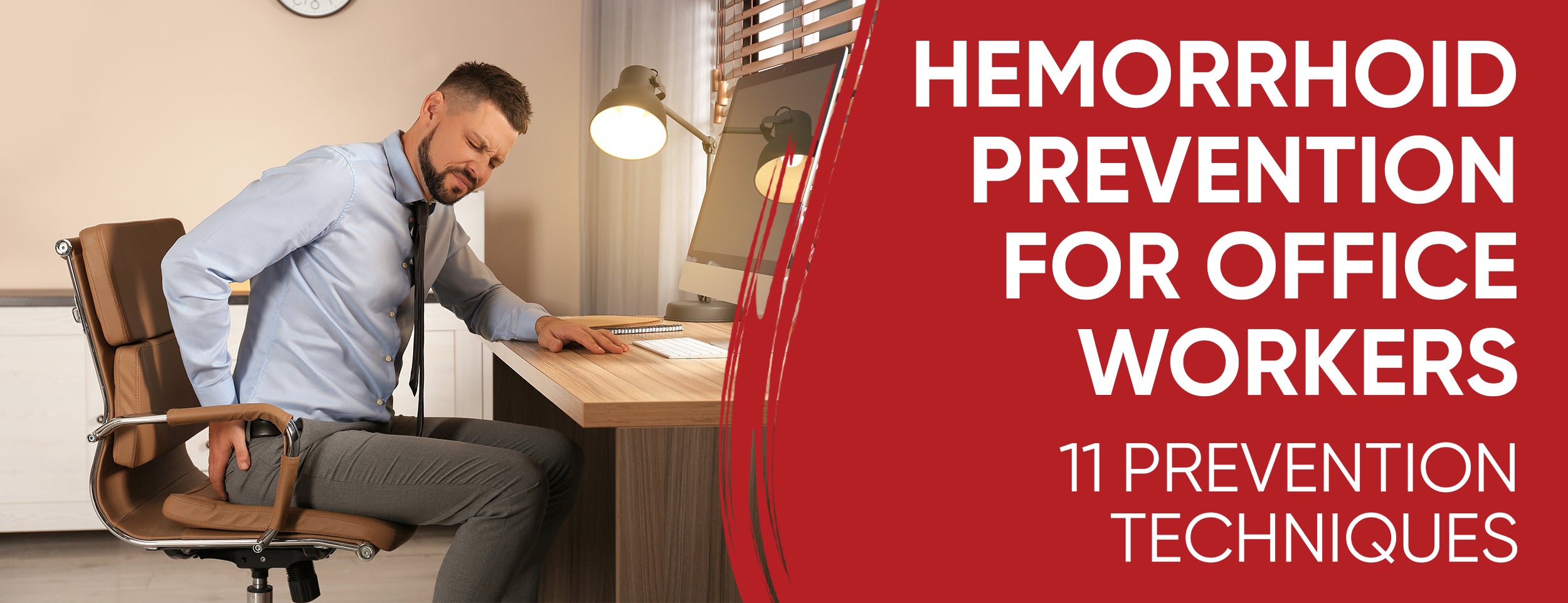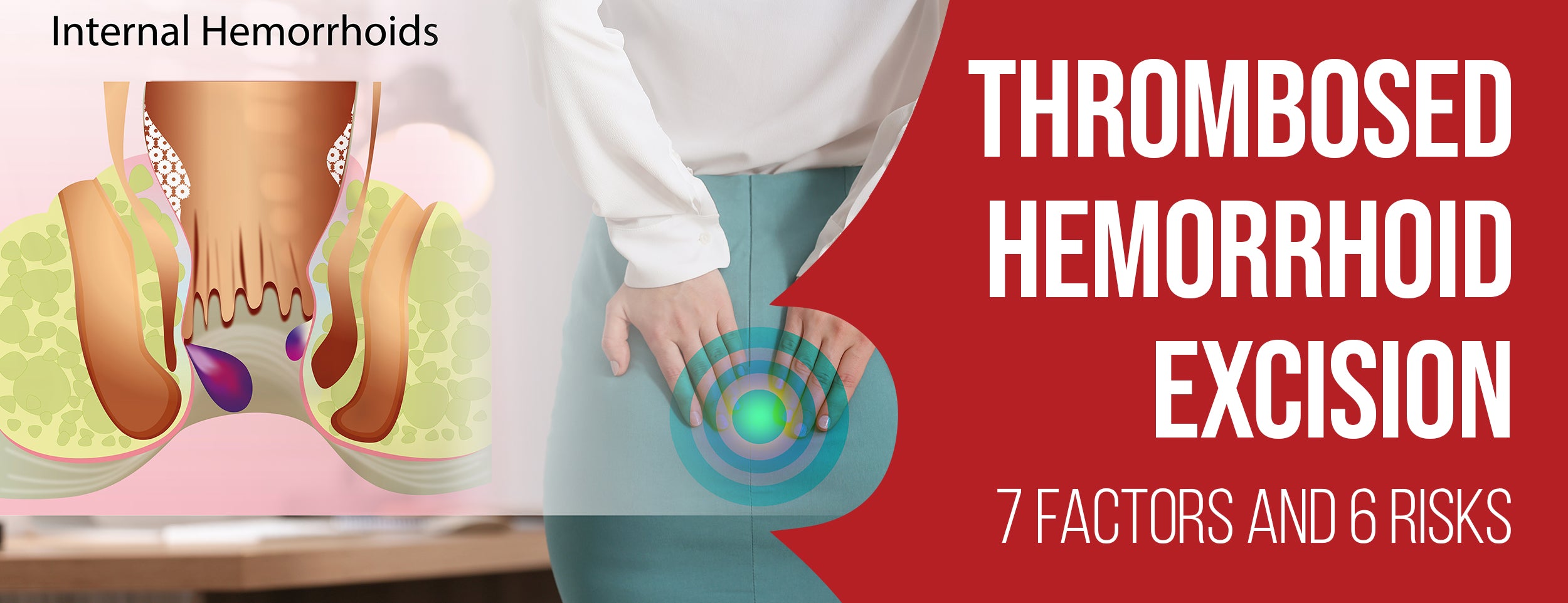A thrombosed hemorrhoid can cause complications if not treated. Even though they're rare, they can be uncomfortable and dangerous. Thrombosed hemorrhoids can cause necrosis (dead tissue) and ulceration (open sores) on the skin because of increased pressure inside the hemorrhage.
Blood clots that form inside hemorrhoids obstruct blood flow and cause anal swelling and pain. If they become ulcerated, thrombosed hemorrhoids can cause rectal bleeding and severe pain.
In this blog post, we will discuss Laser Hemorrhoid Surgery, the benefits of laser surgery, and precautions before and after.
Thrombosed Hemorrhoid Pain: 8 Reasons

Thrombosed hemorrhoids mainly occur when blood clots form in the veins within and around the hemorrhoids. This condition can be excruciating and often requires medical intervention to ease the symptoms. Here are some reasons thrombosed hemorrhoids can be so painful:
Straining During Bowel Movements
One of the most common reasons that hemorrhoids become thrombosed is straining while passing stool. This can increase pressure in the rectal area, causing the veins to swell and inflame.
Sitting for Prolonged Periods
Sitting for long hours can also put pressure on the veins in the rectal area, leading to the development of thrombosed hemorrhoids. This is especially prevalent among individuals with a sedentary lifestyle or sitting for their jobs.
Pregnancy
Pregnant women are at risk for thrombosis hemorrhoids because of the increased pressure in the pelvic area and hormonal changes that can affect the veins.

Obesity
Can also contribute to thrombosed hemorrhoid pain as it increases pressure in the veins and can lead to poor circulation, causing the veins to become swollen.
Chronic diarrhea or constipation
Individuals who suffer from chronic diarrhea or constipation may also have a higher risk of developing thrombosed hemorrhoids. Straining during bowel movements or frequent bathroom trips can cause painful and inflamed veins.
Lifestyle factors
Consumption of alcohol, smoking, and inactivity may further exacerbate hemorrhoid pain caused by thrombosed blood vessels. These lifestyle factors can cause poor circulation and increase pressure on the veins, leading to inflammation and pain.
Genetics
Some individuals may be predisposed to developing thrombosed hemorrhoids due to their genetics. If other family members have had the condition, there may be an increased risk of developing it.
Aging
Our veins may weaken as we age, making them more susceptible to inflammation and swelling. This can lead to hemorrhoids that become thrombosed and associated pain.
7 Effective Tips to Reduce Thrombosed Hemorrhoid Pain

Thrombosed hemorrhoids can be even more painful and alarming. Several ways exist for thrombosed hemorrhoid pain to be relieved and healing to be promoted. Several practical tips will be presented to help you ease discomfort and prevent complications.
Keep the Affected Area Clean and Dry
One of the most important things you can do to ease thrombosed hemorrhoid pain is to prevent water from getting into the affected area. Infection can be prevented, and healing can be promoted by doing this. You can use gentle, unscented wipes or a bidet to clean yourself after bowel movements. Then, you can use a soft towel or a hair dryer on the relaxed setting to pat the area dry.
Use Warm Compresses
Warm compresses can help reduce inflammation, relieve pain, and increase blood flow to the area. Wet towels or a site bath can apply heat to the affected area. A site bath is a shallow basin filled with warm water over which you sit for 10-15 minutes.
Apply Topical Treatments
Over-the-counter creams, ointments, and pads can relieve thrombosed hemorrhoid pain. Some contain a mild anesthetic to numb the area and reduce itching and burning. Others have a vasoconstrictor to reduce swelling and inflammation. Follow the directions carefully and avoid products with steroids or hydrocortisone, which can weaken the skin and worsen the condition.

Take Pain Relievers
If the thrombosed hemorrhoid pain is severe, take pain relievers like acetaminophen or ibuprofen. Medication for these conditions can help relieve pain, inflammation, and fever. However, avoid taking aspirin or any nonsteroidal painkiller drugs (NSAIDs), such as naproxen or diclofenac, which can increase the risk of bleeding and irritation in the stomach and intestine.
Increase Fiber and Fluid Intake
To ease thrombosed hemorrhoid pain and promote healing, avoid constipation and straining during bowel movements. Increase fiber and fluid intake to soften stools and keep the anal canal hydrated. Opt for fruits, vegetables, whole grains, legumes, and hydrating beverages like water, herbal tea, or clear soups.
Practice Good Bowel Habits
To reduce the risk of worsening hemorrhoids, increase fiber and fluid intake and adopt good bowel habits. Respond promptly to the urge to use the toilet, limit time spent in the bathroom, and elevate feet using a squatting or footstool to minimize straining. Use gentle toilet paper, and pat dry instead of rubbing.
Consult a Healthcare Provider

If the thrombosed hemorrhoid pain persists or worsens despite the above measures, consult a healthcare provider. They can examine the area, rule out other conditions, and recommend further treatment options, such as excision, ligation, or sclerotherapy. If you're in pain, they might prescribe a more potent painkiller or refer you to a specialist, such as a gastroenterologist or a colorectal surgeon.
Conclusion
The pain of thrombosed hemorrhoids can be uncomfortable and frustrating, but treatment options are available to help you manage your symptoms. Pain can be relieved with lifestyle changes, over-the-counter medications, or medical attention.
It's important to note that while thrombosed hemorrhoids are painful, they're not life-threatening. Get advice and treatment if you are experiencing hemorrhoids. You can find relief from your symptoms and get back to living your life as soon as you seek treatment.











![Precautions & 6 Steps to Draining Thrombosed Hemorrhoids [DIY]](http://drnumb.ca/cdn/shop/articles/Draining_Thrombosed_Hemorrhoid_Yourself__6_Steps_8_DIY_Tips_With_Precautions.jpg?v=1713931775)

